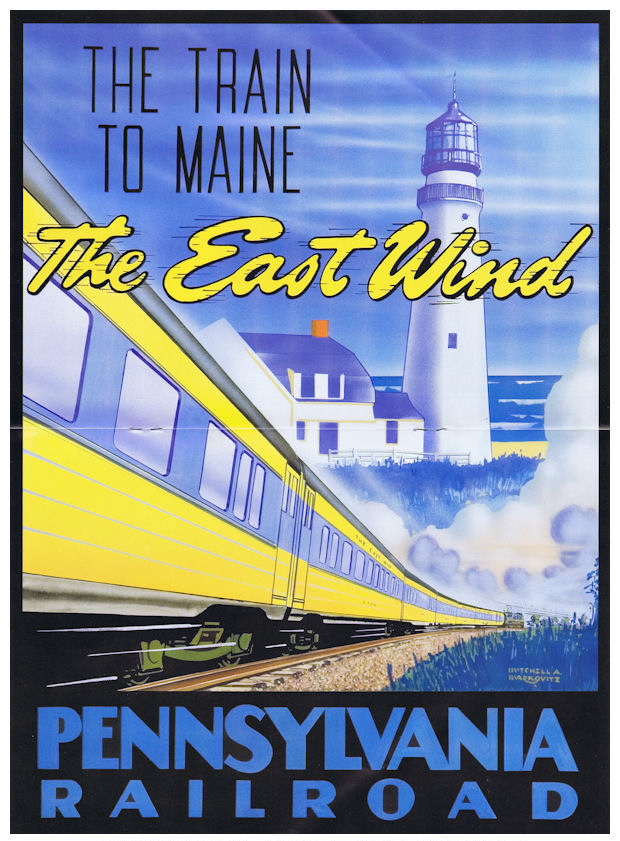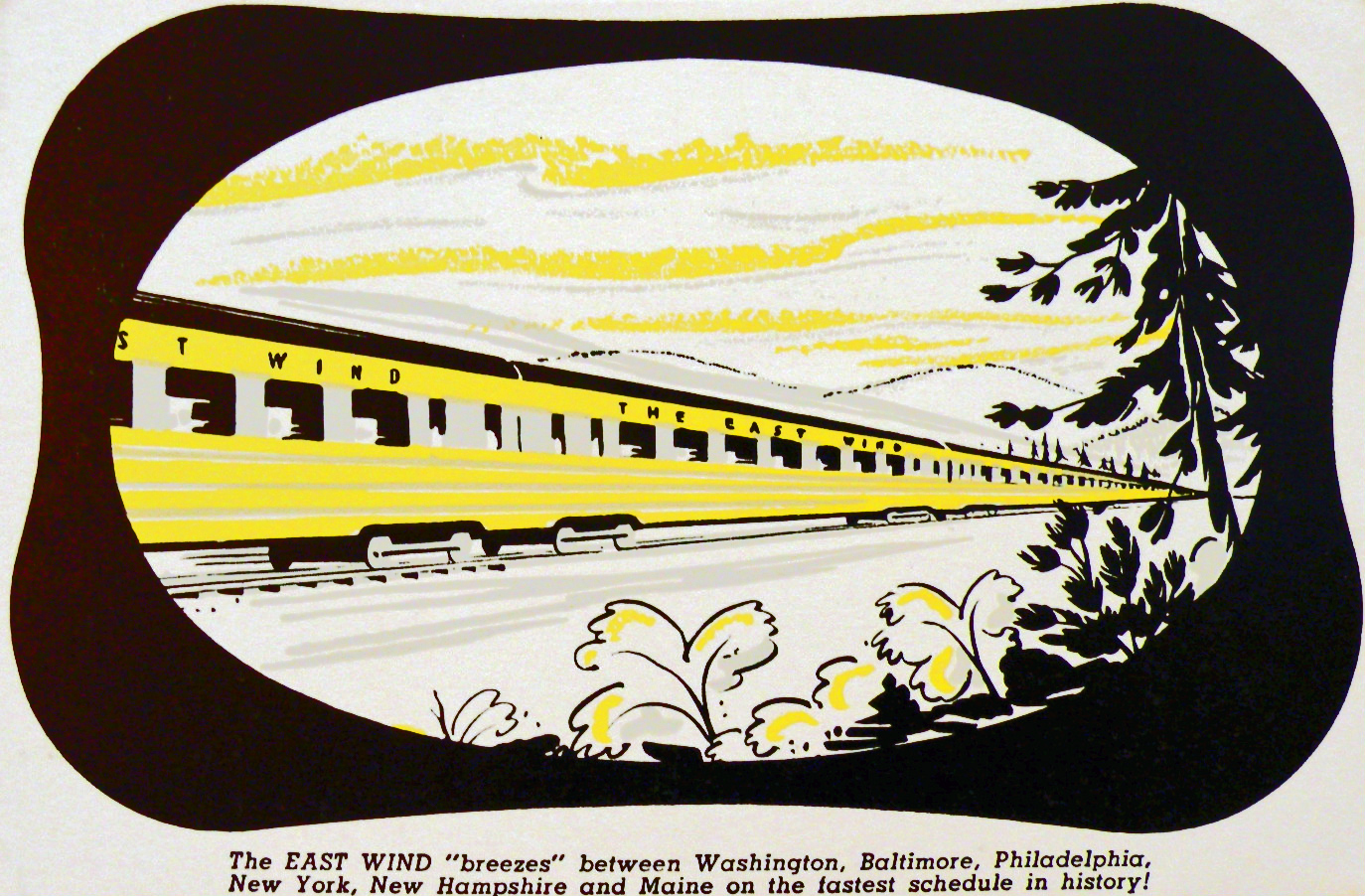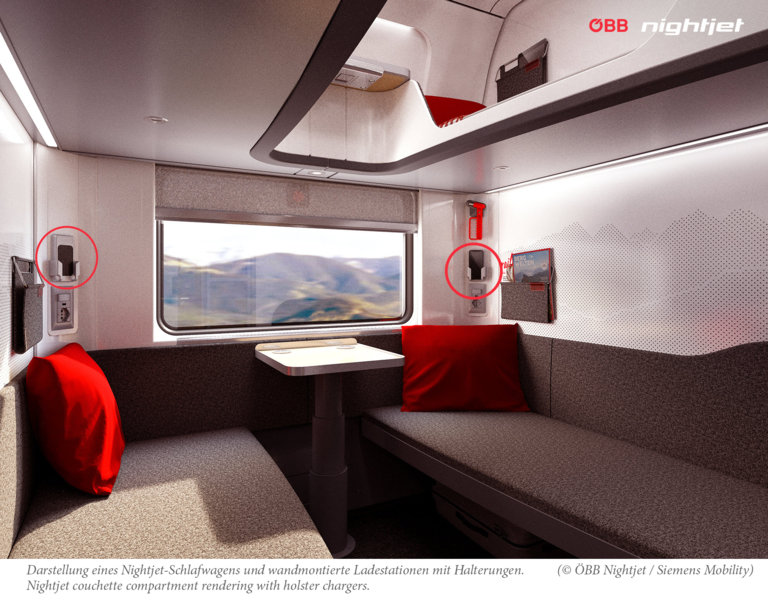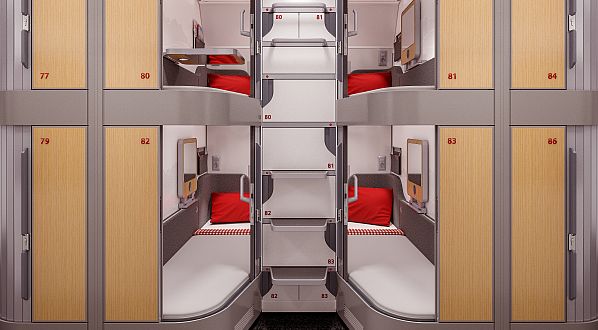The Northeast Regional is Amtrak’s busiest service, connecting Boston, New York and Washington. Here is what could be improved.
Background
The Northeast Regional connects Boston, New York City and Washington, DC with some trains traveling to Springfield, MA and Virginia. While the Acela is marketed and priced towards premium business travelers, the Northeast Regional is its slower and cheaper cousin, trying to be all things to all people. While it has long been Amtrak's busiest service, it carried a record 9 million passengers in fiscal year 2023.
Prior to Amtrak, the Northeast Corridor was owned by two railroads, the Pennsylvania Railroad which owned the line south of New York City to Washington and New York, New Haven and Hartford Railroad which owned the line to Boston. They cooperated to run some trains along the entire length, running five round-trips along the entire length as late as April 1971.
When Amtrak began in May 1971, there were nine round-trips between New York City and Washington, DC but only three extended to Boston. The remaining four round-trips from Boston required a transfer in New York City and one arrived too late for any connection.
Travel times were slow, taking 4:29-4:54 between Boston and New York City and 3:55 to Washington, totaling about 9:00. Amtrak gradually upgraded the tracks to reduce those travel times to 4:05, 3:15 and 7:35. In 2000, the line was electrified from New Haven to Boston which removed a time-consuming locomotive swap in New Haven.
Key improvements underway
While the Northeast Regional received new electric locomotives between 2013-2016, the train cars date back to 1975. In 2021, Amtrak ordered new trainsets from Siemens for delivery in the late 2020’s, naming them “Airo.”
For trips south of Washington, DC or to Springfield, MA, Amtrak must swap its electric locomotives for diesel, adding 0:15-0:35 to each trip. The new Airo trainsets will be dual mode, eliminating that swap.
Amtrak has not released its exact seating capacity for its Airo trainsets but Siemens offers up to 74 coach class seats, 54 business class seats, 44 coach seats with a cafe and 62 coach seats with a cab control unit. The Airo trainsets are likely to have five coaches, one cafe/coach, one coach/cab and one business class car, totaling eight cars. This adds up to 476 coach seats and 54 business seats for a combined 530 seats, slightly more than capacity than the Northeast Regional’s seven-car Amfleet trainset (422 seats) or eight-car trainset (494 seats).
Proposed improvements
While the new railcars are welcome, the Northeast Regional requires additional improvements to become the train of choice in the Northeast.
 |
| Amtrak's Airo Trainset (courtesy of Amtrak) |
Longer trainsets
Most Northeast Regional trainsets are seven cars long. While diesel locomotive pulling power and lower demand on the non-electrified sections to Springfield and Virginia do not warrant longer trainsets, the trainsets running on electrified segments should be 12 cars at minimum and up to 15 cars between New York City and Washington. While Amtrak’s initial order for the Northeast Regional was for 32 trainsets (256 cars), lengthening the trainsets to 12 and 15 cars would require an additional 158 cars (including a 20% spare ratio). Amtrak plans to replace most of its new Siemens ACS-64 electric locomotives with dual mode versions. However, retaining them for all-electric service will save Amtrak the cost of some new locomotives.
Increased frequencies
At present, Amtrak has not had enough cars or locomotives to add round-trips. As such, the Northeast Regional only runs every two hours south of Boston and hourly south of New York City to Washington, DC, totaling 18 daily roundtrips in 2023. The new railcar order should allow frequency should be doubled to hourly from Boston and twice per hour between New York City and Washington for a total of 36 roundtrips.
Assigned seating
The Acela and Northeast Regional’s business class offer assigned seats. However, every other passenger must trudge up and down looking for a spare seat. If you are in a group of four or more people and board when the train is mostly full, you won’t likely be able to sit together unless the conductor has successfully shooed people out of a few pairs of seats facing each other. Assigning seats on the Northeast Regional will make it much easier for groups and families to sit together and help other passengers quickly find their seats upon boarding.
Restored Inland Route
Massachusetts has funding to restore service to its Boston-Springfield, MA route, something I wrote about in 2016.
Unlike Massachusetts’ proposal which only restores service as far as Springfield, I propose running a train once every two hours between Boston, Springfield, and then all the way to Washington, DC and Virginia. This would allow Amtrak’s new dual-mode locomotives to operate in two non-electrified segments instead of one, reducing the number of dual-mode trainsets and allowing an all-electric service to run on the Shore Line route via Providence.
Faregates to replace conductors
Like most American railroads, Amtrak uses conductors to check passenger tickets. However, longer trainsets and frequent busy stops complicate ticket checking and many American railroads will simply add assistant conductors. However, that additional labor cost increases longer trainsets’ operating cost with no benefit to service. Amtrak should retain one conductor per train but use faregates to check tickets as is a common practice in Europe. That would will allow Amtrak to run longer and more frequent trains using the same number of employees today, increasing profits and reducing ticket prices.
Clockface timetable and standardized stopping pattern
The current Northeast Regional timetable has departures at different times: 6:10 AM, 8;15 AM, 9:20 AM from Boston for example. Clockface timetables have trains depart on the same minute each hour of the day such as 0:05 past the hour. That simplifies schedules for customers, employees and any other service that interacts with the train (commuter trains, intercity or local bus service etc). You can compare the 2023 timetable to a clockface version.
 |
| Amtrak's 2023 summer timetable |
 |
| Proposed clockface timetable |
Similarly, each Northeast Regional train has a unique stopping pattern. That pattern should be standardized into two patterns to provide a consistent and predictable schedule throughout the day. Here is the 2023 Northeast Regional timetable and my proposed clockface timetable.
Five smaller cities with limited Northeast Regional service should be dropped. Aberdeen (MD), Newark (DE), New Brunswick (NJ), Princeton Junction (NJ), and Newark Airport (NJ) all have commuter rail service. Those stations could also be served by a restored Clocker service to Philadelphia.
Restoring the Clocker
One of the challenges with the Northeast Regional is that it serves differing levels of demand. For example, stations between New Haven, New York City and Philadelphia have substantial demand between them and if Amtrak sells too many Northeast Regional seats between those cities, they miss out on higher fares between more distance destinations and make it more difficult to fill seats on lower demand segments between Philadelphia and Washington, DC and New Haven and Boston.
The solution is a dedicated, high-frequency, low-cost service between New Haven, New York City and Philadelphia, modeled on the Clocker service that Amtrak discontinued in 2005. The new Clocker service would better serve passengers looking to travel between those destinations and ensure the Northeast Regional can sell additional long-distance tickets. Passengers would still be able to buy a Northeast Regional ticket between New York City and Philadelphia but it would cost more than the Clocker, reflecting its fewer stops and faster timetable. I last wrote about the Clocker in 2019.
Amtrak serves two low platforms in Mystic and Westerly. Both platforms should be raised to provide level boarding and since they are on curves, retractable edges should be used to maintain freight train clearances. Level boarding reduces boarding time from 2-4 minutes to 0.5-1 minute and makes it easier for passengers with mobility impairments, large luggage, strollers or bicycles to quickly and easily board or alight. It negates the need for costly, slow and unreliable ADA lifts at each station.
All of these improvements will significantly increase Northeast Regional's ridership from 9 to 18 million passengers and more than 27 million if longer trainsets are ordered, diverting a significant portion of travelers from other modes to the train. While the Northeast Regional earned a $108 million profit in fiscal year 2023, the additional passengers could increase it to more than $500 million.








